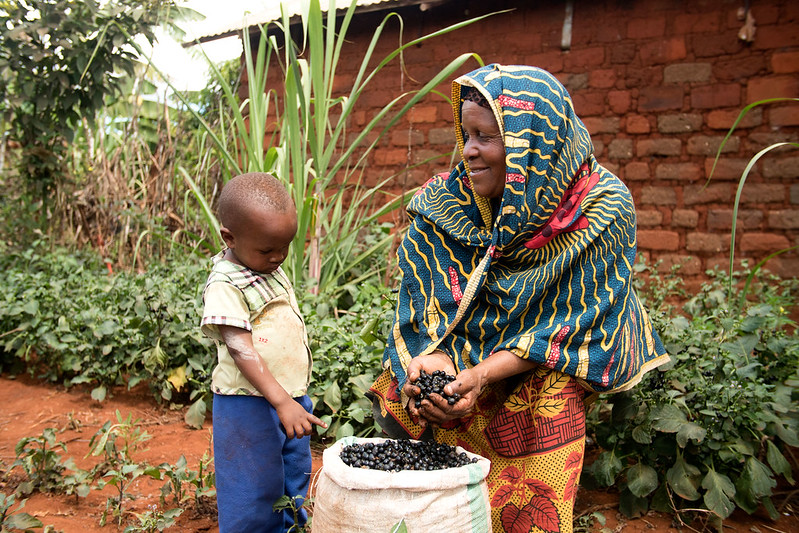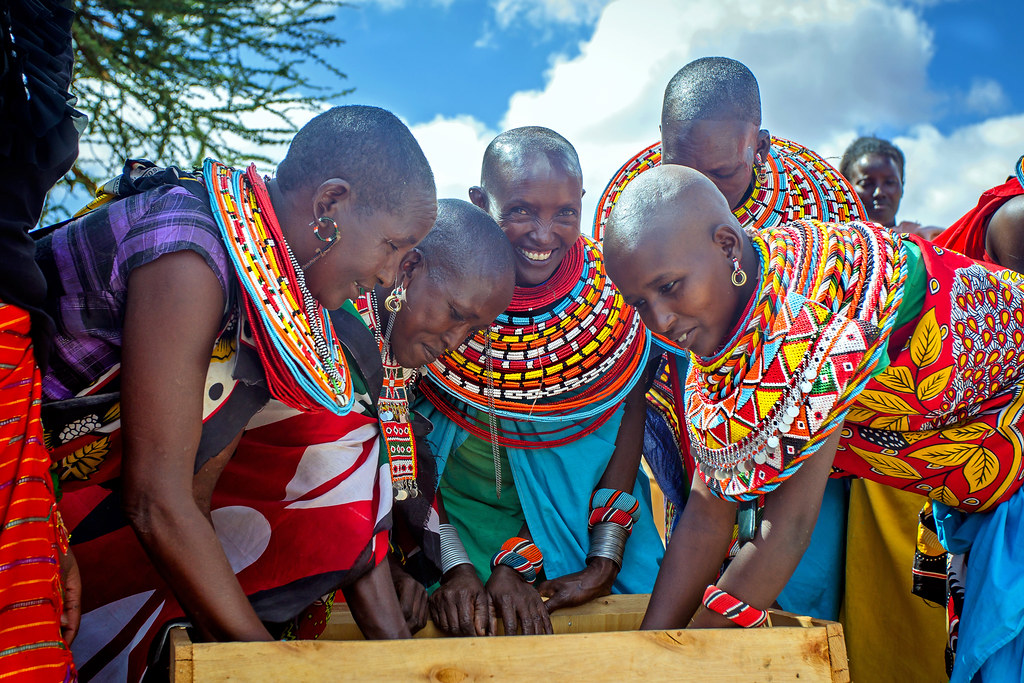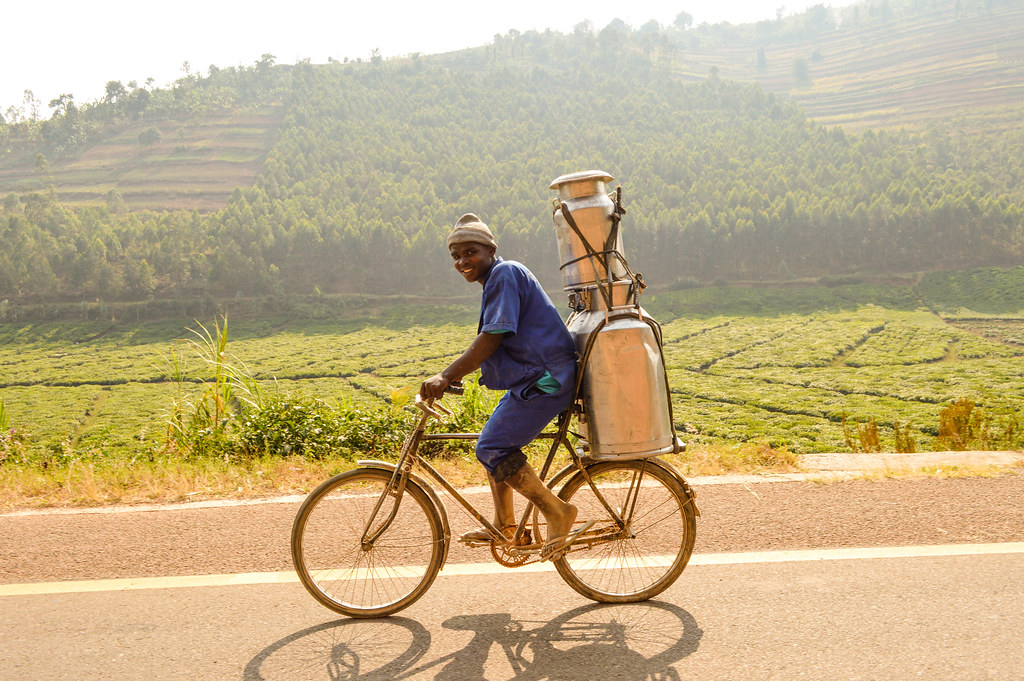A picture, as they say, is worth a thousand words.
The latest Feed the Future photo contest showcases how the initiative is putting America’s engine of ingenuity and opportunity to work abroad—and the people who are improving their lives and futures because of it.
Our partners from universities, nonprofits, NGOs and the U.S. Government submitted more than 100 inspiring photos of Feed the Future in action—from Nepal to Kenya to Guatemala.
These images help tell the story of what it looks like when development works: farmers connect to markets, women and young people have opportunities to build a better future, children get a better start on life with better nutrition, entrepreneurs find support to launch new ventures, research and innovation lead to marketable solutions, and economies and global stability grow.
By equipping people in some of the world’s poorest countries with the knowledge and tools to support and feed themselves, Feed the Future is tackling the root causes of poverty and hunger and driving progress toward a more food-secure future. These pictures give us a glimpse into that progress and the lives that are being changed.
Check out this year’s top photos below and click on each for more information.
First Place
Selling Fresh Harvests in Nepal

A farmer in Nepal heads to a collection center to sell her fresh harvest of vegetables. A USAID program in her country has been helping vulnerable communities and households like hers increase their resilience with access to agricultural and nutrition help and business opportunities. Photo by USAID’s Business Literacy Program
Second Place
Nutrition from a Home Garden in Tanzania

Mwanaidi shows her grandson the African nightshade seeds she harvested from her garden in Tanzania. She will plant these seeds next season. Feed the Future encourages people like Mwanaidi to grow traditional vegetables like the nutrient-rich, hardy and productive African nightshade in their gardens for better nutrition. Photo by Rhiannon O’Sullivan, World Vegetable Center
Third Place
Supporting Food Security with Soybean Bread

Teresa Augusto lives in a community in Mozambique where a Feed the Future project is sharing improved soybean seeds and complementary crop management practices with smallholder farmers. With these tools, people like Teresa are boosting their legume production and food security. Every day, Teresa sells 500 loafs of soybean bread, made from local harvests, in her community, including the local maternity health center. Photo by Ana Filipa Couvinhas, Feed the Future Mozambique Improved Seeds for Better Agriculture (SEMEAR)
Fourth Place
Kenyan Pastoralists Prepare Hay Bales

Pastoralists in Kenya learn how to grow grasses that can be harvested for animal fodder, which enables their communities to better raise and trade livestock for a living. Growing grass for fodder provides a source of income for many, who sell the hay bales at a local livestock market that Feed the Future helped build. Photo by Ranelle Sykes, USAID
Fifth Place
Transporting Milk on a Bicycle in Rwanda

Leon jumps on a bicycle with a full canister of raw milk in tow. He’s headed to a local cooperative’s milk collection center four miles away. Not long ago, families in his community in Rwanda walked this journey, balancing the milk container on their heads. Now, Leon is one of many riders employed by the cooperative to help pick up the milk from the surrounding area. This not only helps out families that didn’t have a way to efficiently transport their milk to markets, but also provides sustainable employment for young people like Leon. Photo by Ashley Peterson, Land O’Lakes International Development
Honorable Mentions
Securing Land Rights for Sweet Success

A husband and wife dry apricots on a farm in Tajikistan’s Khatlon region. Apricots are a cash crop and good source of income for farmers in a country where agriculture accounts for 75 percent of employment. Securing farmers’ land rights has helped to incentivize greater investment in diverse crops, particularly crops that take several growing seasons before farmers can reap the financial benefits —like apricot trees. Photo by Sandra Coburn, The Cloudburst Group
Vitamin A for a Healthier Life

Young students stand in line to receive an oral vitamin A supplement at their school in Kenya. A representative from a USAID program administers the supplements, which will help the students lead healthier, more productive lives. Photo by Allan Gichigi, USAID Maternal and Child Survival Program
Caring for Baby Goats in Nepal

A farmer cares for newborn baby goats in Nepal. With a loan, she recently started up an enterprise raising goats. USAID helped her access the financing she needed to start this business. As part of the Feed the Future initiative, USAID helps vulnerable communities and households in rural Nepal boost their resilience by helping women, youth, disadvantaged castes, and ethnic minorities build skills in literacyand numeracy, nutrition knowledge, life skills and entrepreneurship. Photo by USAID’s Business Literacy Program
You can view the winning entries and past photo contests on our Flickr account. Enjoy!
For more stories and photos of how Feed the Future uses the best parts of American leadership, entrepreneurship, research, technology and talent to help end hunger and poverty abroad, connect with us on Facebook and Twitter.








